Description
Build an economical and transportable wood cooking system.
Sommaire
Sommaire
- 1 Description
- 2 Sommaire
- 3 Introduction
- 4 Étape 1 - How it works
- 5 Étape 2 - External chamber
- 6 Étape 3 - Combustion chamber
- 7 Étape 4 - Dish support
- 8 Étape 5 - Final assembly
- 9 Étape 6 - Utilisation
- 10 Étape 7 - Remarques
- 11 Étape 8 - Fabrication d'un réchaud de plus grande taille
- 12 Notes et références
- 13 Commentaires
Introduction
One of the major energy and health issues of our time concerns cooking. In many developing countries, the most widely used technology is the three classic stone fireplace. It offers catastrophic yields (10 to 15% thermal efficiency sheltered from the wind, 5% without wind shelter) and releases a lot of toxic fumes into homes. Two concerns arise from this:
- The energy yields are so bad that a large amount of wood is needed to prepare a meal. This causes massive deforestation in certain areas of the world;
- It poses obvious health problems: the smoke released causes respiratory problems in the population and degrades the comfort of living inside homes ;
Some technologies use the same biomass but with higher yields. Here is one :
The micro gasifier is a low-tech and very economical cooking technology. It offers higher yields than a conventional three-stone fireplace (around 35% thermal efficiency) when well manufactured, and even better in its optimized industrial version (thermal efficiency of around 45%).
It is possible to manufacture very simple but not optimized models, with tin cans. It will be useful for example for heating water, cooking small amounts of food and for demonstration/pedagogy.
More complex models exist, more expensive but allowing to manage the power of the flame with an improved duration.
Matériaux
- A large and tall can (1): this will be the outer chamber;
- A can slightly narrower and slightly lower (2): this will be the combustion chamber;
- A can of the same diameter as the combustion chamber (3): this will be the support for the pan.
Outils
- A marker
- Cutting pliers
For drilling, two possibilities:
- One drill with two drill bits: 11 mm and 7 mm
- A hammer and a big nail (or a punch)
- A wooden block whose section can fit into the tin can
Étape 1 - How it works
It is based on the principle of gasification: The wood is heated in a low oxygen atmosphere, which will allow the release of flammable gases called "Syngas", which will then be burned in the upper part of the stove.
The micro gasifier lights up from above. The primary air introduced in the lower part passes through the mass of the fuel and makes it possible to maintain a pyrolysis bed which goes down as the combustible gases are released. The secondary air is injected in the upper part to provide oxygen necessary for the combustion of the gases that are released upwards.
Better results are obtained in forced convection with the use of an integrated fan under the fuel support grid, but this induces a reliable supply of electricity.
The combustion temperature is around 800°C, and the thermal yields range from 30 to 45%, depending on the quality of manufacture of the system and its insulation.
It is light, compact, reliable, uses little fuel and generates, at best, reusable coal for other applications. It is thus a very low-tech system and very powerful compared to the traditional systems used in the world.
For comparison, the graph opposite shows the energy performance of different systems. The micro gasifier is called here "wood gas stove".
Étape 2 - External chamber
1 - En partie haute de la grande boite de conserve (1), marquez l'emplacement d'une dizaine de trou, répartis équitablement tout autour de la boite.
2 - Then drill at the marked locations with a 12mm drill bit (or with hammer and nail). (For a cleaner result it is recommended to pre-drill with the 7 mm drill bit before attacking with the 12 mm drill bit).
Note: For ease and cleanliness, it is possible to clamp the wooden wedge on a vice and use it as a support to make the holes in the box.
3 - Cut the bottom of the large tin can (1). The hole must have a slightly smaller diameter than the small tin can (so that it can be embedded in it).
Étape 3 - Combustion chamber
1 - On the bottom of the box (2), mark the location of about fifteen holes distributed over the entire surface. In the upper part of the box (2), mark the location of about ten holes, evenly distributed around the can.
2 - Then drill at the marked locations with a 7 mm drill bit (or with the hammer and nail).
Étape 4 - Dish support
1 - Mark the location of about ten holes evenly distributed around the small can (3).
2 - Then drill at the marked locations with a 12mm drill bit (or with hammer and nail).
3 - Cut the bottom of the can.
4 - NB: For ease of use, you can cut a large hole on the side of the small box (3): it will easily feed the wood fire!
Étape 5 - Final assembly
1 - Insert the box (2) into the large box (1) as shown in the diagram.
2 - Déposez la boite (3) sur les deux autres boites encastrées.
Votre réchaud à pyrolyse est prêt !
Étape 6 - Utilisation
Même si ce type de cuiseur est plus propre que les cuiseurs "trois pierres", il dégage tout de même de fumées. C'est pourquoi il doit être utilisé dans un milieu très ventilé.
Le réchaud fonctionne avec des granulés de bois ou des copeaux de biomasses. Pour allumer le réchaud, remplir le réchaud et allumez dans la partie haute.
Pour éteindre le réchaud, attendez simplement que tout le bois soit consumé et que l'enceinte aie refroidie.
ATTENTION : LA TEMPERATURE DE COMBUSTION DU BOIS ET DES GAZ AVOISINE LES 1200°C. LE RECHAUD EST A UTILISER AVEC BEAUCOUP DE PRECAUTION : N'ESSAYEZ PAS DE DEPLACER LE RECHAUD LORSQU'IL EST ALLUME
Étape 7 - Remarques
Le système présenté ici est très simplifié et ne permet donc pas de gérer par exemple la taille de la flamme.
De part les matériaux utilisés, la durée de vie du réchaud est assez limitée.
Des versions améliorés de ce système sont en phase de test/validation dans différents contextes urbains, ceci du aux efforts de Paul Anderson, spécialiste des micro gazéificateur.
Des essais d'implantation ont eu lieu en Inde sans grande réussite: Il est en réalité compliqué de trouver des granulés ou de la biomasse en copeaux dans ces contextes, le prix du micro-gazéificateur optimisé se rapproche du coût de la cuisson au gaz, sans en avoir tous les avantages.
Étape 8 - Fabrication d'un réchaud de plus grande taille
Afin de pouvoir s'adapter à n'importe quel récipient ou conserve disponible utilisé en enceinte extérieure, il est possible de confectionner la chambre de combustion à partir d'une tôle, de préférence en acier inoxydable. Son épaisseur doit être de 1mm maximum pour une découpe à la cisaille à tôle. Il faudra découper des languettes et percer les trous dans la tôle à plat avant de la rouler et de la fermer par agraffe. L'utilisation d'acier inoxydable augmentera la durée de vie du réchaud. Les photos ci-contre montrent la fabrication d'un réchaud à partir d'un pot de peinture et d'une tôle en acier inoxydable de 1mm d'épaisseur. La tôle est usinée à plat avant d'être roulée et agraffée (l'agraffage consiste à replier sur environ 5 mm les deux bords d'une la tôle dans des sens contraires, avant des les marteler l'un dans l'autre pour vérouiller l'ensemble). Porter des gants pour éviter les coupures !
Notes et références
Télécharger le tutoriel ici
Rapport comparatif des différents types de cuiseurs par Planète Bois (en français): http://www.planetebois.org/glossaire/cuiseur-domestique-econome-cde/
Site internet du Docteur Paul Anderson, spécialiste des micro-gasifiers (en anglais): http://www.drtlud.com/
N'hésitez pas à commenter, partager, et agrémenter le tutoriel d'informations utiles à son amélioration.
L’équipe du Low-Tech Lab vous invite également à consulter sa Biblilowtech.
Yes
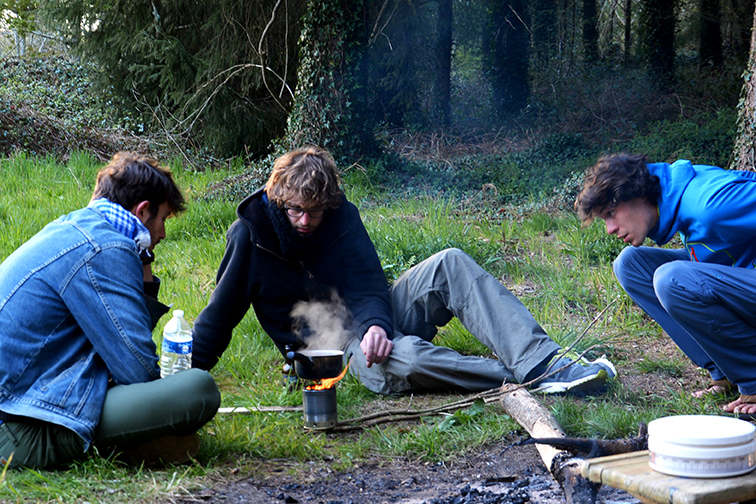
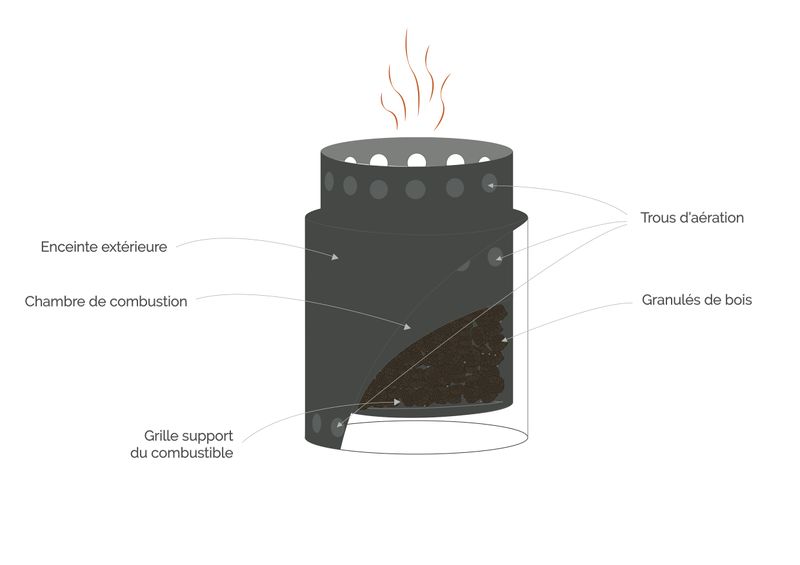
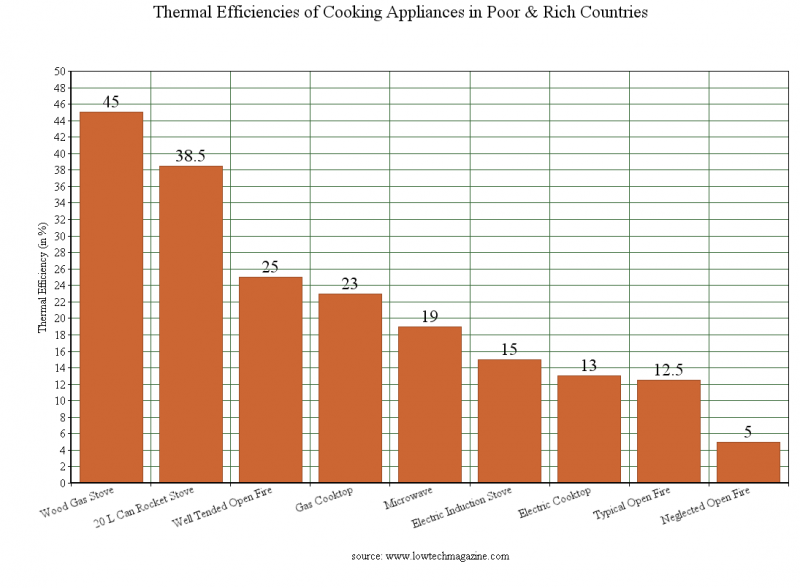
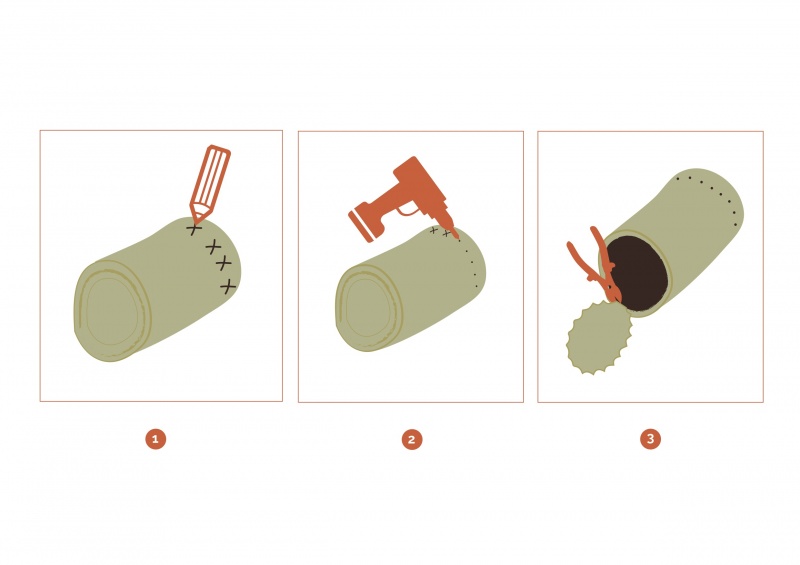
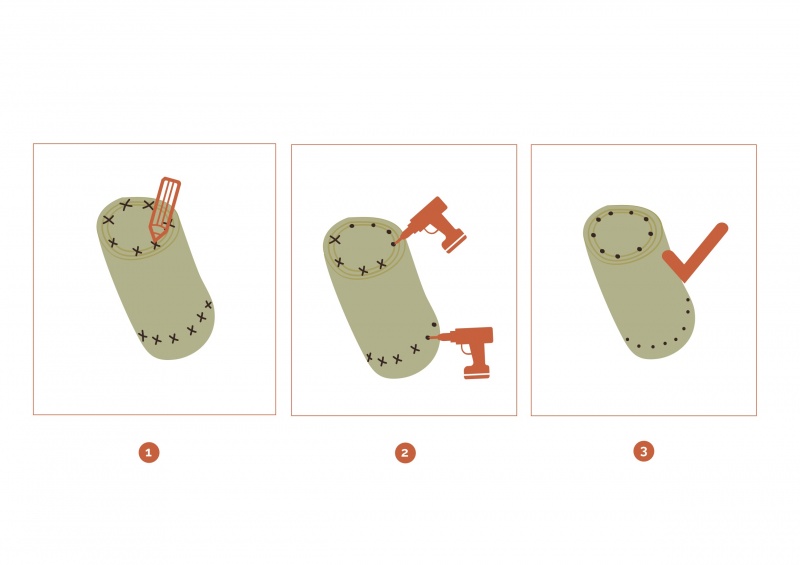
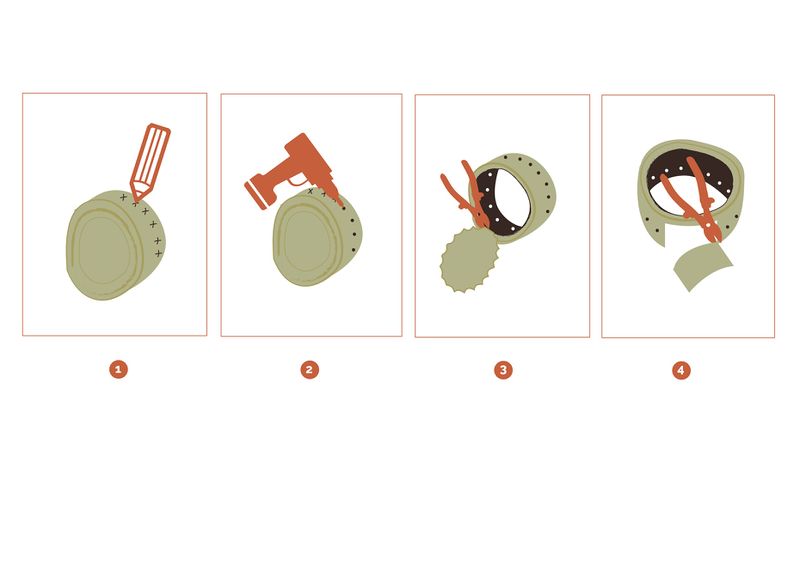
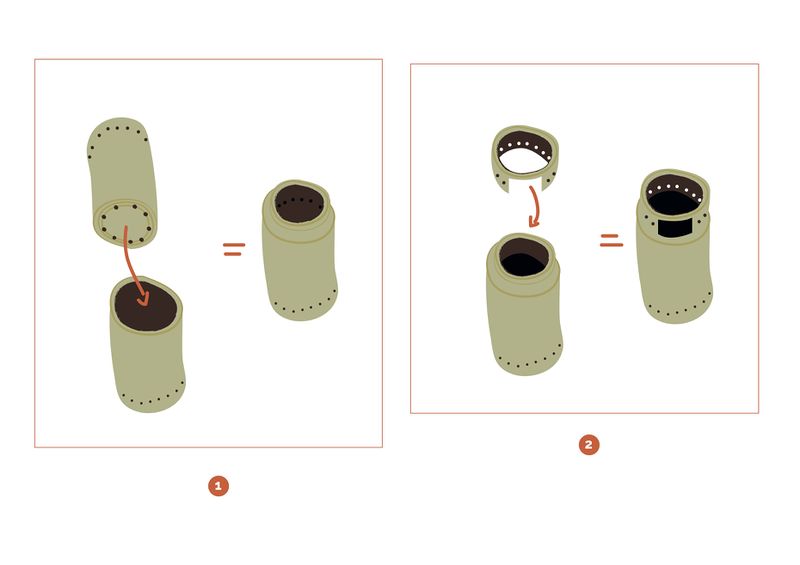
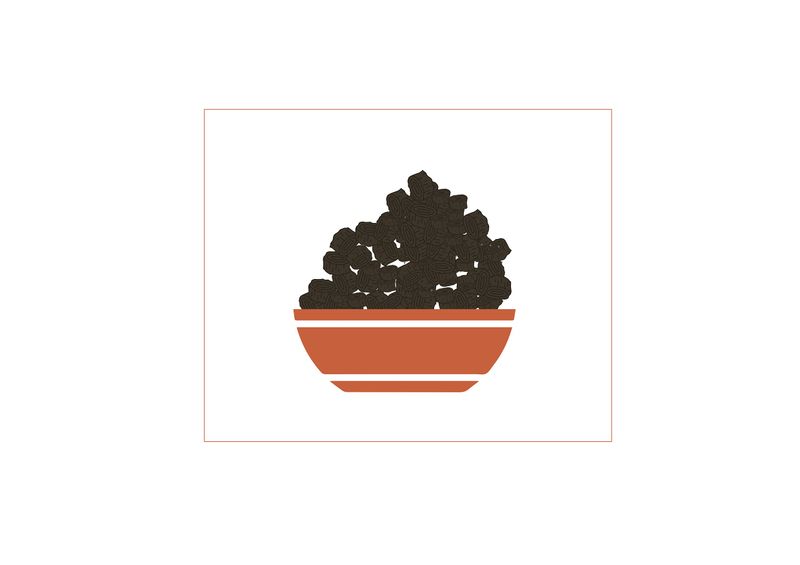
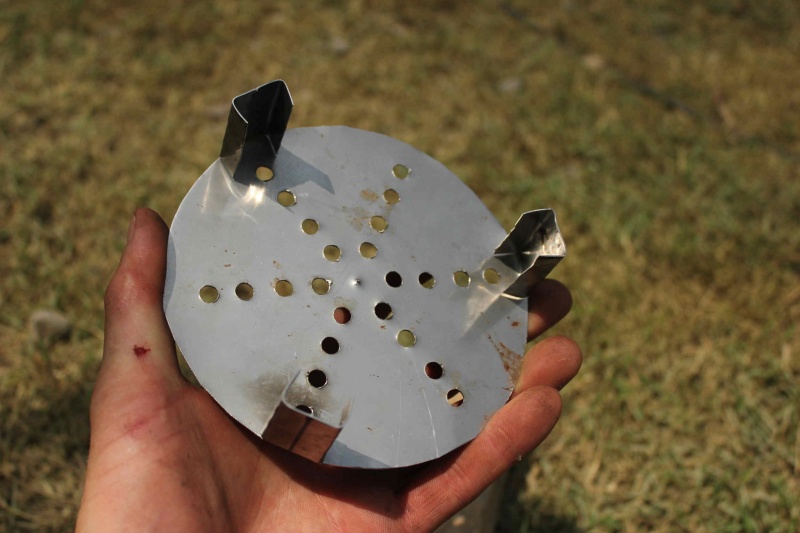
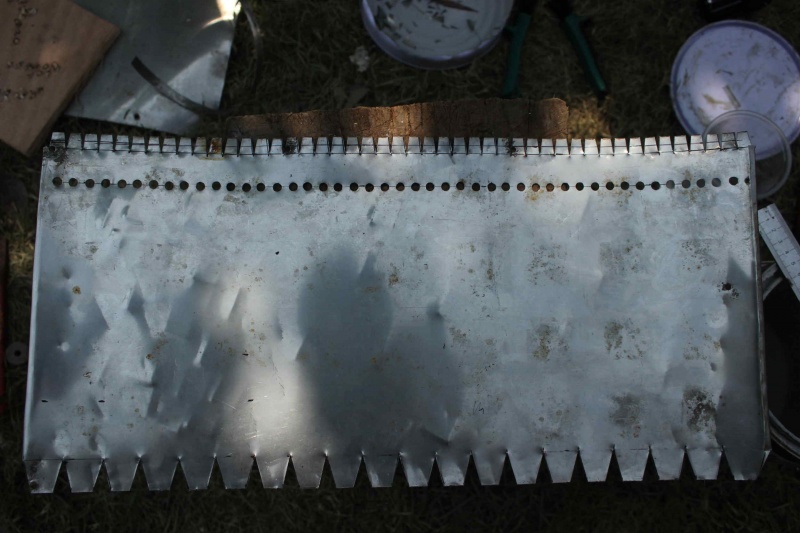
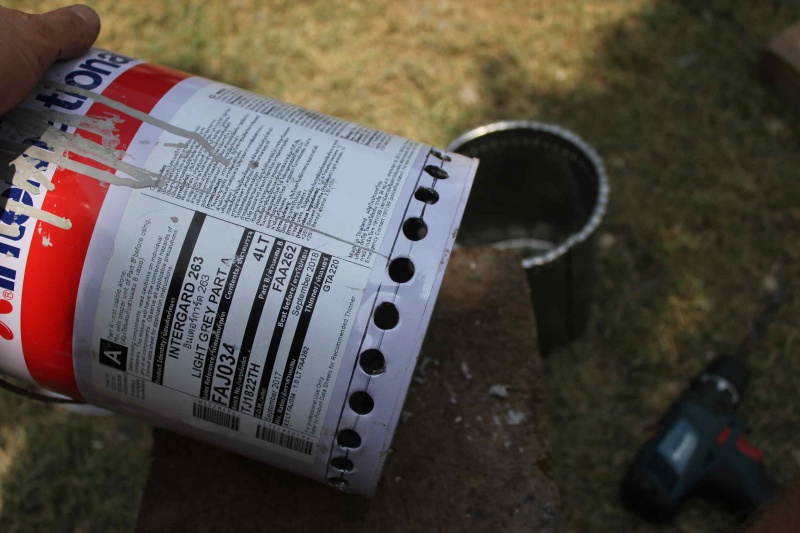
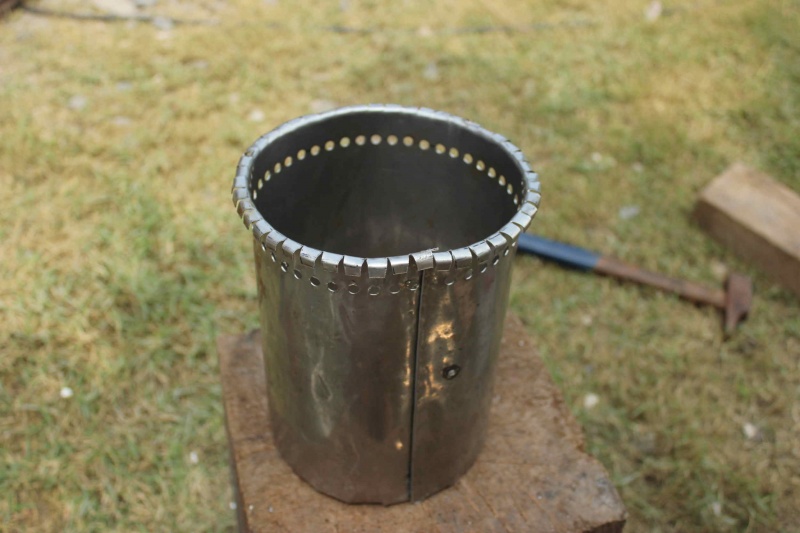
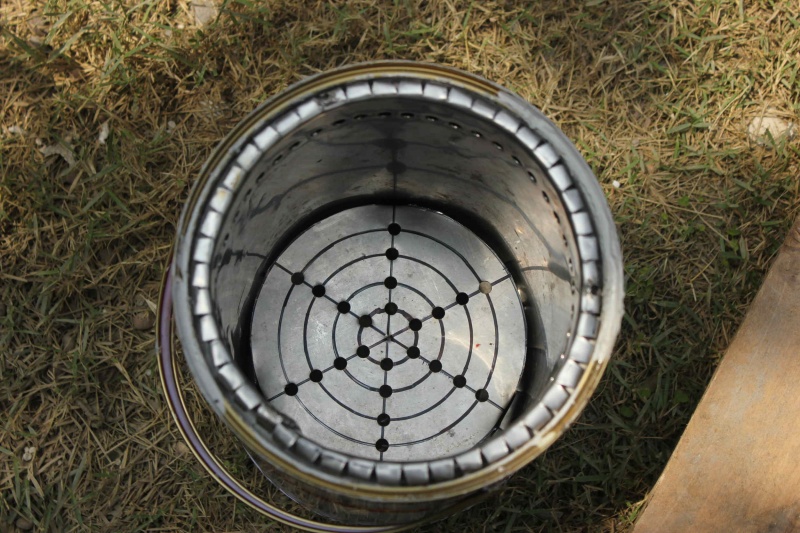
 Français
Français English
English Deutsch
Deutsch Español
Español Italiano
Italiano Português
Português